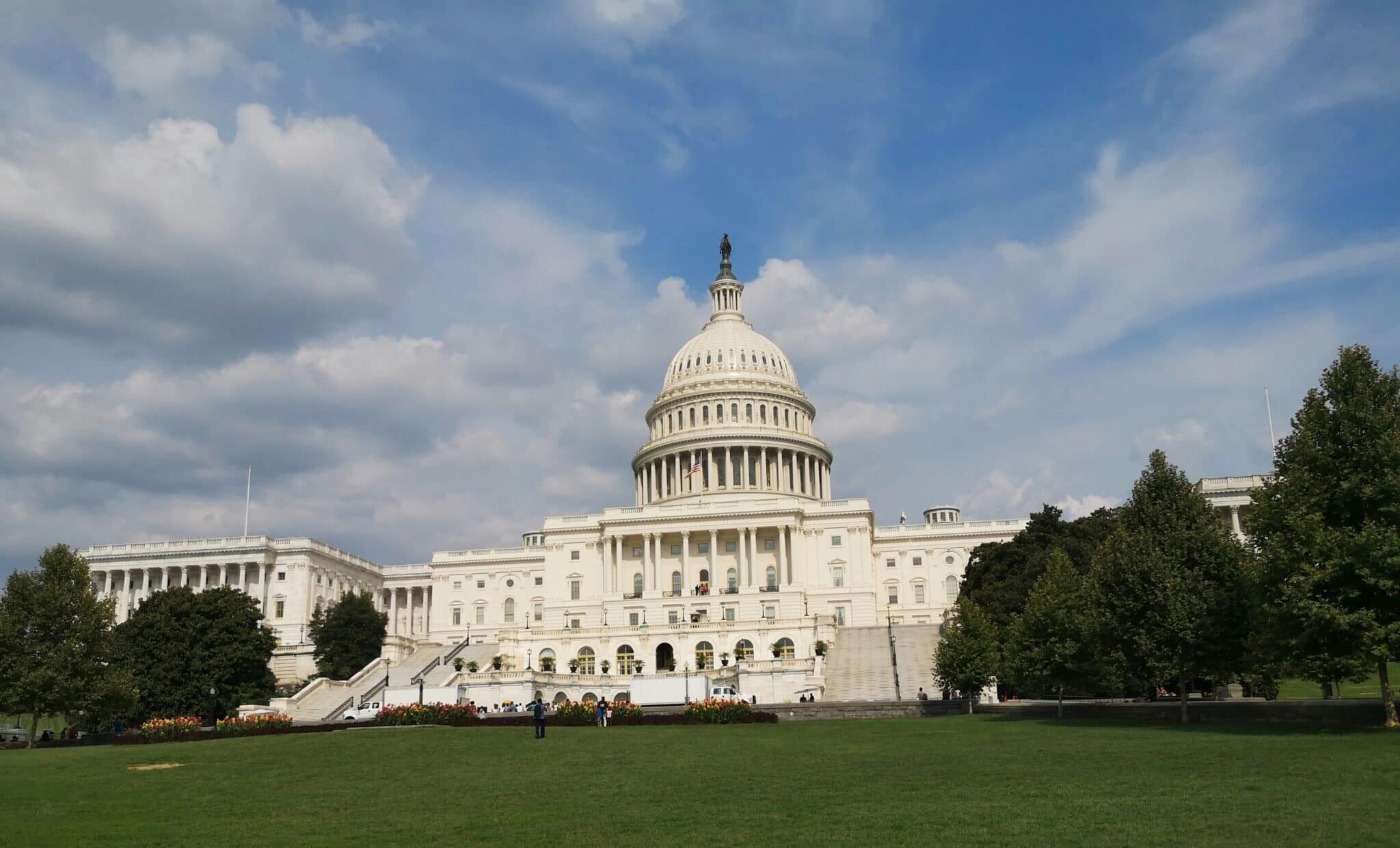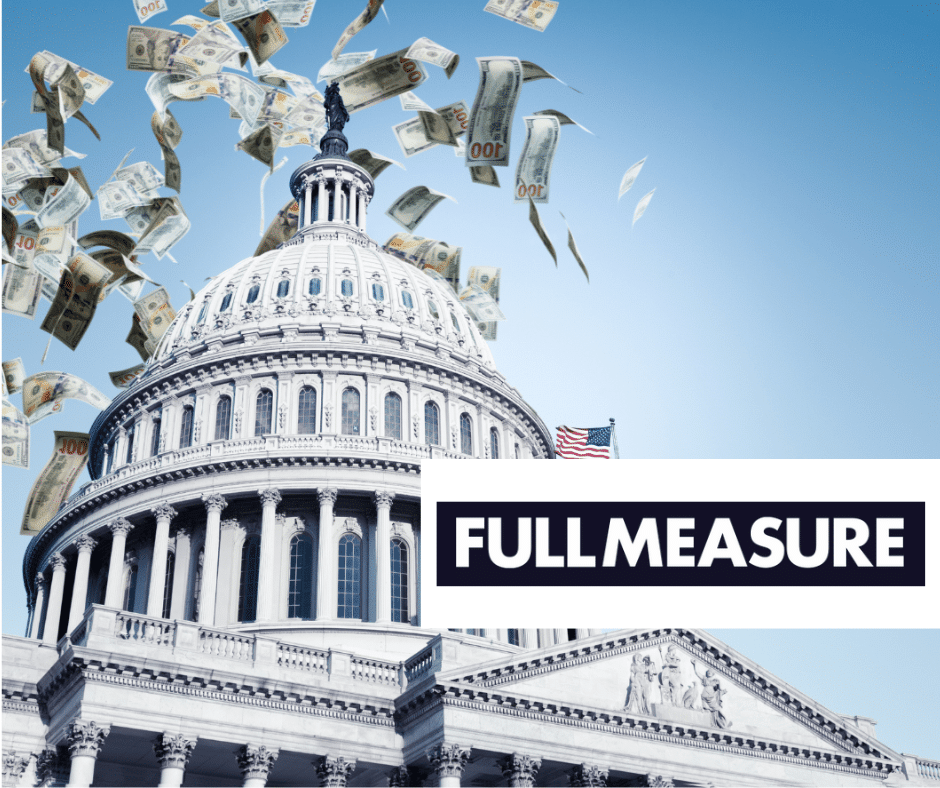On Wednesday, March 8, the Senate Committee on the Budget held a hearing on the impacts of wildfires titled: “A Burning Issue: The Economic Costs of Wildfires.” Hearing witnesses were Mr. David Burt, Founder and Chief Executive Officer of DeltaTerra Capital; Mr. Nicolas Loris, Vice President of Public Policy at C3 Solutions; The Honorable Veronica Serna, Mora County Commissioner, District 1 New Mexico; Dr. Morgan Varner, Director of Research and Senior Scientist at Tall Timbers; and Mr. Michael Wara, J.D., Ph.D., Director of Climate and Energy Policy Program and Senior Research Scholar at Stanford Woods Institute for the Environment.
This was the Senate Budget Committee’s third hearing in a series on the budgetary and economic impacts of climate change. The first, held February 15, was a high-level overview of the budget effects climate change and the second, held last week, specifically addressed the economic risks facing coastal communities. This hearing focused on the rising taxpayer costs associated with wildfires.
During the hearing there was bipartisan agreement that the costs of wildfires are growing and needs to be addressed. As Sen. Romney (R-UT) said during Wednesday’s hearing, “we are going to have to deal with the reality that wildfires are going to become an increasing problem… we just can’t keep on responding to fires as we did in the past because our conditions have changed.” Much of the discussion centered on federal forest management practices, climate change, and shifting population patterns, particularly development in the wildland-urban interface (WUI), as both drivers of the growing costs of wildfires and areas with opportunity for reform.
In his opening statement, Mr. Wara acknowledged that the Forest Service’s prescribed fire ban and aggressive suppression policy has led to “a material change in the fire regime and gradual accumulation of fuels in California’s and other western states’ forests” that has been further exacerbated by climate change. To address the wildfire, Mr. Wara advocated to “treat both the symptoms, including wildfire, as well as the underlying disease – greenhouse gas emissions.” Sen. Murray (D-WA), agreed, saying that “we can save ourselves a lot of heartache and money in the long run by making smart investments in cutting emissions and in federal wildfire prevention and response efforts now.”
Other witnesses, including Mr. Loris and Mr. Varner, acknowledged the role of climate change in exacerbating the issue of wildfires but centered their recommendations on reducing forests’ fuel load. Mr. Loris called for “active forest management through prescribed or controlled burns and through timber harvesting” whereas Mr. Varner emphasized prescribed fires as “the most viable tool to reduce out-of-control wildfires and thus reduce costs.”
These preventive measures, and others mitigation activities raised during the hearing, like community education and high fire-danger warnings, were hailed as important tools to address the costs of wildfire. As Sen. Padilla (D-CA) noted, despite massive wildfire investments in the Infrastructure, Investment, and Jobs Act (IIJA, P.L. 117-58) and Inflation Reduction Act (IRA, P.L. 117–169), federal spending on suppression still far outweighs spending on mitigation and recovery.
Wildfires have become a growing problem exacerbated by climate change. Over the past three decades, wildfires have burned increasingly larger tracts of grasslands and forests. The nonpartisan Congressional Budget Office (CBO) found that from 2017 to 2021, 8 million acres were burned in the US, on average, “more than double the average amount from 1987 to 1991.” The costs associated with wildfires also continue to grow. According to the National Oceanic and Atmospheric Administration (NOAA), the number of billion-dollar wildfires events has doubled from an average of 0.4 per year in the 1990s, with an annual cost of $1.3 billion, to 0.8 per year over the last 10 years, with an annual cost of $9.6 billion.
Every year, taxpayers spend billions of dollars preventing and suppressing wildfires, as well as helping communities rebuild after wildfire events. This spending is spread across the federal government, from direct wildfire response and management on federal lands through the Department of the Interior (DOI) and U.S. Forest Service, to prevention and post-disaster recovery assistance offered through the Federal Emergency Management Agency (FEMA), among others.
We know that pre-sponding to disasters has the opportunity to save money and lives. According to an analysis by the National Institute of Building Sciences, every $1 spent on mitigation can save $6 or more in post-disaster spending. As Mr. Wara said, “there is a clear path forward for actions saving money for the federal government, substantial sums of money in terms of its management of federal lands, if we can shift the balance towards mitigation and away from runaway freight train spending on wildfire suppression.”
For more information on federal wildfire policy and spending:










